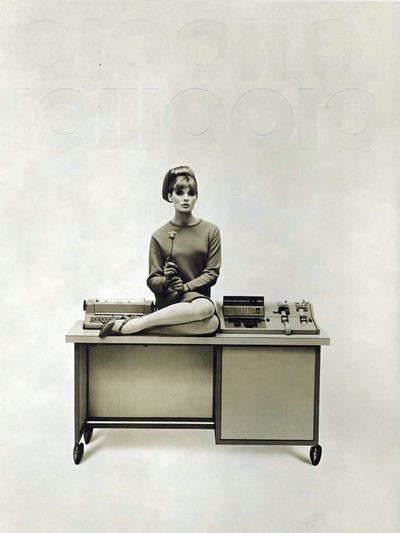Overview
There are many ways to study the history of a technological topic. One of the most neglected, though also the most revealing, is to look at the advertising materials companies have produced to promote their products. In a technical field such as computing, buying decisions, as expressed in such materials, are often based on a complex blend of 'atmospheric' messages focusing on status, and highly-detailed technical information about the product itself.
br>Even accounting for the million-fold increase in computer performance over the period covered by this on-line collection (1948-1988), this amalgam of the technical with the 'promise of the possible,' a vision of problems solved—has remained constant. As advertising legend David Ogilvy observed: "I do not regard advertising as entertainment or an art form, but as a medium of information." As such, studying the materials that people used to sell computers and software is a critical component of understanding that product's place in the market, and thus within the larger timeline of computer development itself.
The over 250 brochures available in this collection are a small sample of the Computer History Museum's computer ephemera collection. We hope you enjoy browsing through them and reflecting upon the technical, economic, and societal factors that shaped the products and how they were presented to potential buyers.
Readers interested in this topic may wish to refer to: "Marketing the Monster: Advertising Computer Technology," by William Aspray and Donald DeB. Beaver in Annals of the History of Computing, Volume 8, April 1986, pp. 17-143.
Disclaimer: The marketing brochures included in this online exhibition are not representative of the museum’s entire archival holding of such material. Brochures were chosen to represent a wide range of companies marketing their products publicly between 1950 and 1980. A select few examples from the 1940s and 1980s have been included to provide a cohesive framework. In selecting the brochures to be included in this sample, the curatorial staff chose examples that represented the technical innovations of the time, were aesthetically interesting or represented a marketing trend that was predominant during its circulation. Further attention was given to providing a balance between the hardware and software innovations of the time.



